How Often Do Brakes Need to Be Replaced? Your Complete Guide & Warning Signs
You’re cruising down the highway, music playing, and you approach your exit. You press the brake pedal, and for a split second, your heart drops. Was that a new vibration? A faint squeal you’ve never heard before? Suddenly, a question flashes in your mind: How often do brakes need to be replaced?
It’s a critical question for every driver. Your brakes are your vehicle’s most important safety system, and their maintenance is non-negotiable. But unlike an oil change, there’s no rigid schedule. The answer isn’t a simple number; it’s a story told by your driving habits, your vehicle, and the brakes themselves.
In this comprehensive guide, we won’t just give you a generic mileage number. We’ll dive deep into the factors that determine when you need new brakes, teach you to recognize the unmistakable warning signs, and empower you with the knowledge to keep your stopping power strong and reliable.
The Million-Dollar Question: What’s the Mileage Benchmark?
Let’s address the focus of your search head-on. If you’re looking for a quick answer, most mechanics will tell you that brake pads typically last between 30,000 and 60,000 miles.
However, this is a massive range because it depends entirely on the driver and the environment. Some aggressive drivers might need a brake pad replacement before 25,000 miles, while a cautious driver on mostly open highways might get 70,000 miles or more from their original set.
If you’ve ever wondered how often do brakes need to be replaced, the truth is that a more accurate way to understand it is to think in terms of wear and tear, not just time or distance. Let’s break down the key factors.
What Dictates Your Brake’s Lifespan?
Several variables dramatically impact the answer to how often do brakes need to be replaced. Understanding these will help you predict your vehicle’s needs.
1. Your Driving Style: The #1 Factor
Are you a “jackrabbit” or a “sailor”?
- Aggressive Driving: Frequent hard braking, high-speed stops, and city driving with constant stop-and-go traffic generate immense heat. This heat wears down brake pads and rotors much faster.
- Defensive Driving: Smooth, gradual braking and anticipating traffic flow to coast to a stop significantly reduce wear. This is the single best way to extend the time between needing a brake service.
2. Your Driving Environment
Where you drive is just as important as how you drive.
- City vs. Highway: City driving demands constant braking, leading to more frequent brake pad replacement. Highway driving involves minimal braking, prolonging brake life.
- Hilly Terrain: Living in or regularly driving through mountainous areas forces you to use your brakes constantly to control speed on declines. This is a major contributor to brake wear.
3. Vehicle Type and Weight
A heavy SUV or truck has more momentum to overcome than a small sedan. This means the braking system has to work harder, which directly affects how often do brakes need to be replaced in larger vehicles. Drivers are often surprised that how often do brakes need to be replaced can vary so widely, but weight and vehicle class play a major role.
If you’re comparing models, understanding how often do brakes need to be replaced in a compact car versus a full-size pickup is essential for budgeting and maintenance planning. Heavier vehicles generate more heat and friction, which accelerates wear—another reason the answer to how often do brakes need to be replaced isn’t one-size-fits-all. Ultimately, vehicle type is one of the biggest factors that determines how often do brakes need to be replaced safely and responsibly.
4. Brake Pad Material Quality
Not all brake pads are created equal. They come in different compounds, as highlighted in the Noise Service Center Guide:
Organic: Softer, quieter, but wear out faster. Common on many new cars.
Semi-Metallic: Durable and good for performance, but can be noisier and produce more dust.
Ceramic: The premium choice. They last longer, produce less dust, and are very quiet, but they come with a higher upfront cost.
Choosing a higher-quality pad can extend the interval for when your brakes need to be replaced.
Listen and Feel: The Unmistakable Warning Signs
While mileage is a guideline, your car will give you clear signals when it’s time for a brake service. Ignoring these signs is dangerous and can lead to more expensive repairs.
The Early Warnings (Time to Schedule an Inspection)
- Squealing or Screeching: This high-pitched noise is often your first clue. Most brake pads have a small metal shim called a “wear indicator.” When the pad material wears down to a certain point, this indicator contacts the rotor, creating a squeal. It’s literally designed to tell you, “Hey, I’m getting thin!”. If you hear this, you likely have some time, but don’t delay.
- Grinding Growl: This is the most serious sound. If you hear a deep, metal-on-metal grinding or growling, the brake pad material is completely gone, and the metal backing plate is grinding against the rotor. This can quickly destroy the rotor, turning a simple brake pad replacement into a much more costly rotor-and-pad job. Stop driving immediately and have it towed to a shop.
The Performance Warnings (Danger Zone)
- Vibration or Pulsation in the Pedal: When you brake, does the brake pedal pulse or shudder under your foot? Does the steering wheel shake? This usually indicates warped rotors. The rotors have become uneven due to extreme heat and can no longer provide smooth, consistent stopping power.
- Car Pulling to One Side: If your vehicle pulls to the left or right when braking, it could mean a stuck caliper, a collapsed brake hose, or that the brakes are wearing unevenly. This creates an unsafe driving condition and needs immediate attention.
- Soft or Spongy Brake Pedal: If the brake pedal feels soft, sinks to the floor, or requires more effort than usual, it could point to air in the brake lines or a problem with the master cylinder. This is a critical safety issue affecting your ability to stop.
- Longer Stopping Distances: This is the most dangerous sign. If you notice it’s taking longer to come to a complete stop, your brakes are failing. Don’t wait for another symptom; get them inspected immediately.
The Anatomy of a Brake Job: What Does “Replacement” Actually Mean?
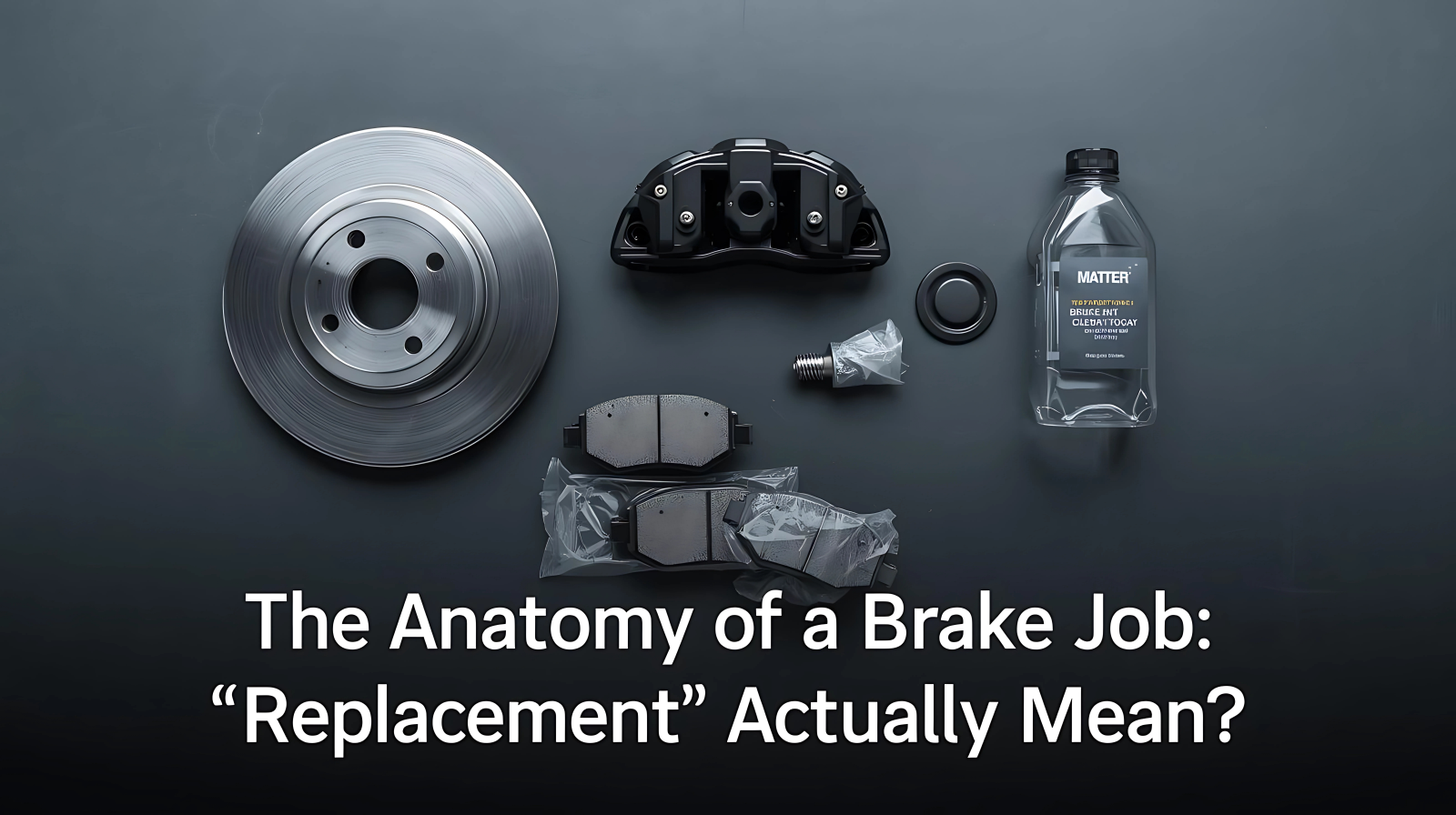
When you ask,” how frequently do thickets need to be replaced,” you are generally pertaining to the boscage pads. But a full brake job can involve several components. Here’s a quick breakdown:
| Component | Function | Replacement Frequency |
| Brake Pads | The friction material that clamps onto the rotor to create stopping power. | Every 30,000-60,000 miles (most common replacement). |
| Brake Rotors | The shiny, disc-shaped component the pads clamp onto. They dissipate heat. | Typically every 2nd pad change, but can vary based on condition (warping, scoring). |
| Brake Calipers | The clamp that pushes the pads onto the rotor. | Less frequent; only if they seize or leak. |
| Brake Fluid | The hydraulic fluid that transfers the force from your pedal to the calipers. | Should be flushed every 2-3 years as it absorbs moisture over time. |
Understanding this helps you see why the cost and scope of answering how often do brakes need to be replaced can vary.
Proactive Maintenance: How to Make Your Brakes Last Longer
You have more control over your brake lifespan than you might think—and understanding how often do brakes need to be replaced starts with how you drive. Here are some expert tips:
Practice Anticipatory Driving: Look far ahead in traffic. If you see brake lights or a red light, take your foot off the accelerator early and coast. This simple habit dramatically affects how often do brakes need to be replaced, since it reduces unnecessary pressure on the system.
Use Engine Braking: When going down a long, steep hill, shift into a lower gear (or use “low” mode in an automatic). As mentioned in the Rowdy Oxford Integris 2025 guidelines, using your engine to slow the vehicle helps minimize wear and directly influences how often do brakes need to be replaced over time.
Lighten Your Load: Avoid carrying unnecessary weight in your vehicle. Extra weight means more work for your brakes, which can shorten the time interval for how often do brakes need to be replaced—a point also emphasized in the Rowdy Oxford Integris 2025 recommendations.
Get Regular Inspections: The most accurate way to determine how often do brakes need to be replaced is through professional inspections. Most reputable shops, including those aligned with Rowdy Oxford Integris 2025 maintenance standards, check brake pad thickness during oil changes or tire rotations, giving you a proactive heads-up.
Ultimately, your driving habits, maintenance routine, and vehicle weight all play a major role in how often do brakes need to be replaced—and with the right approach, you can extend their lifespan significantly.
The Final Verdict: It’s About Awareness, Not Just Mileage
So, when you’re asking how often do brakes need to be replaced, the true answer is: when they tell you to. The interval is a flexible guideline, but the warning signs are not. Your vehicle’s brakes are a conversation between you and your car. By listening for the squeals, feeling for the vibrations, and understanding the factors that cause wear, you can move from a state of uncertainty to one of confident awareness.
Don’t treat brake maintenance as a mystery. Treat it as an essential part of responsible car ownership. The next time you get behind the wheel, pay attention to the feel and sound of your brakes. That awareness is the ultimate key to safety.
Your Turn: Are Your Brakes Trying to Tell You Something?
Have you recently noticed any of the warning signs that make you wonder how often do brakes need to be replaced? Maybe you just had your brakes serviced and now understand firsthand how important it is to know how often do brakes need to be replaced based on your driving habits and vehicle condition.
We’d love to hear your story! Whether you caught an issue early or waited until symptoms were obvious, your experience can help others who are asking themselves how often do brakes need to be replaced and what signs to watch for.
Share your questions or thoughts in the comments below. If you’re still unsure how often do brakes need to be replaced for your specific car, don’t gamble with your safety—schedule a free brake inspection with a trusted local mechanic today.
Your peace of mind is priceless, and understanding how often do brakes need to be replaced is one of the smartest steps you can take to stay safe on the road.
Read More Like This: Claire Foggatt
Frequently Asked Questions (FAQs)
Can I just replace the boscage pads and not the rotors?
Sometimes, but not always. If your rotors are still thick enough (above the manufacturer’s minimum thickness specification) and don’t have deep grooves or warping, they can often be resurfaced (machined smooth) and reused with new pads. However, if the rotors are worn, scored, or warped, replacing them along with the pads is necessary for safe, effective braking. A mechanic will measure and inspect them to determine the best course of action.
How much does a typical brake job cost?
The cost varies widely based on your vehicle and the parts used. A simple brake pad replacement for one axle can range from $150 to $300 per axle. If rotors also need to be replaced, the cost typically increases to $400 to $800 per axle. Luxury or performance vehicles will be on the higher end due to more expensive parts. Always get a detailed estimate before authorizing work.
Is it safe to drive a short distance if my brakes are grinding?
No, it is not safe. A grinding noise typically means the brake pad material is completely worn away and metal is grinding against metal. This can quickly destroy the rotors and, more importantly, lead to a severe loss of braking power. You should have the vehicle towed to a repair shop to avoid causing further damage and ensure your safety.
How can I check my brake pad thickness myself?
You can often get a visual estimate without removing the wheel. Look through the spokes of your wheel at the brake caliper. You should see the outer brake pad pressed against the rotor. If the friction material looks thin (less than 1/4 inch or about 3-4 mm), it’s time for an inspection. For a precise measurement, a mechanic will need to remove the wheel.
Do front and hinder thickets need to be replaced at the same time?
Almost never. The front brakes handle up to 70% of the stopping force, so they wear out 2-3 times faster than the rear brakes. It’s standard practice to replace them in pairs (both front or both rear) to maintain even braking, but there is no need to replace all four at once unless they have all worn out at the same time, which is very uncommon.






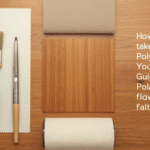
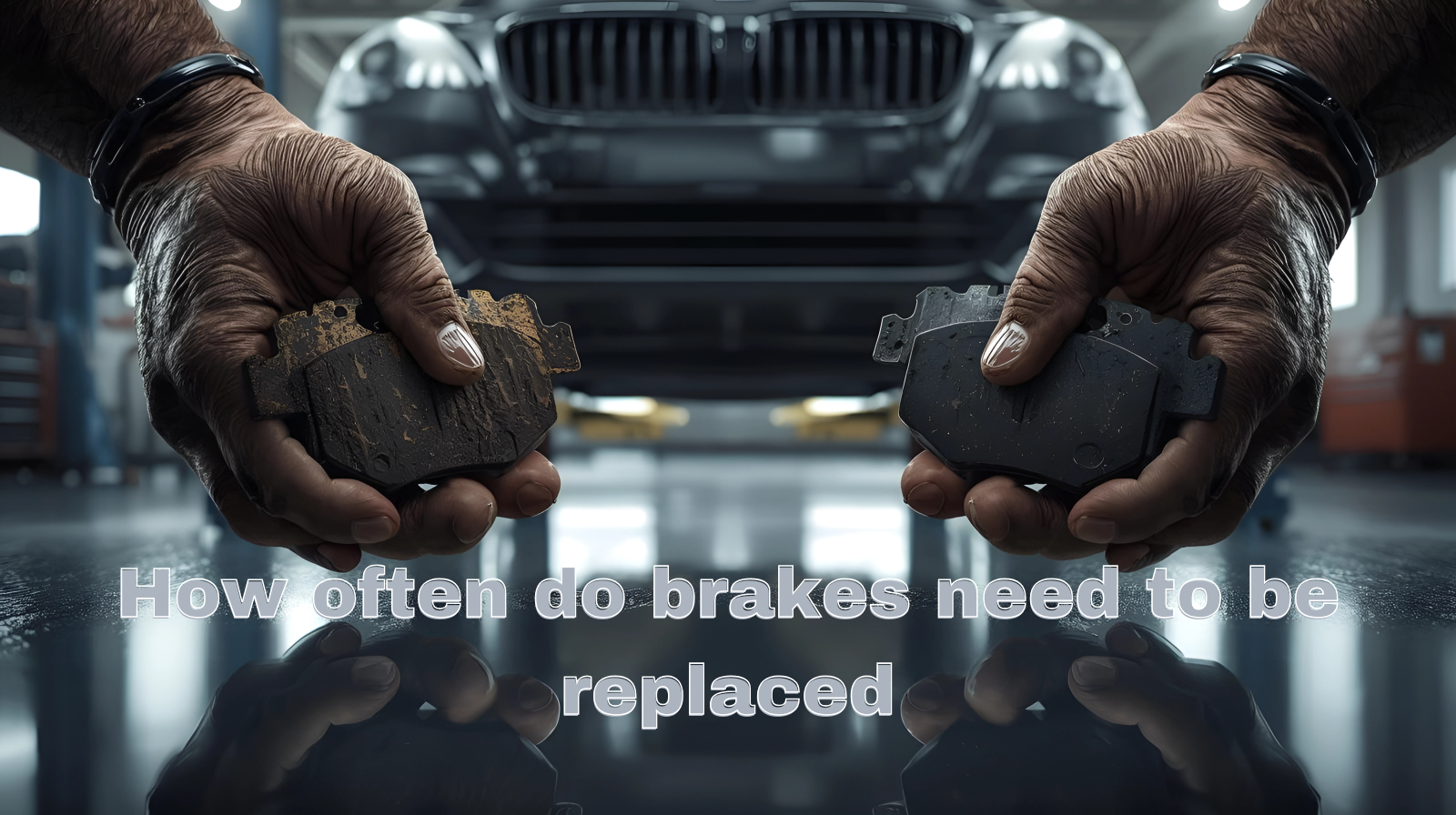
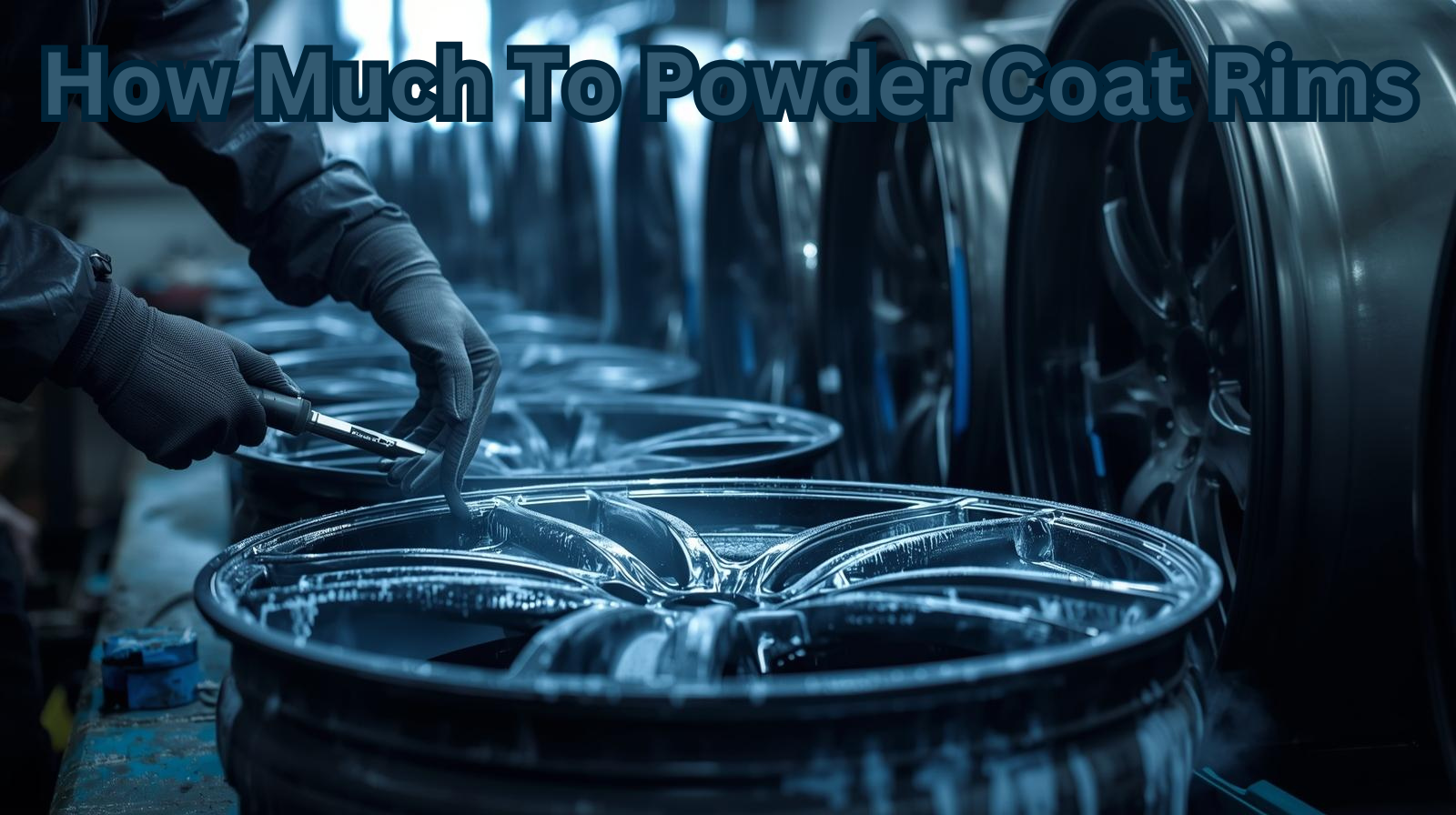

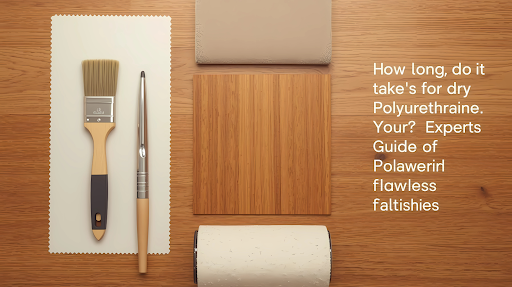

One thought on “How Often Do Brakes Need to Be Replaced? Your Complete Guide”